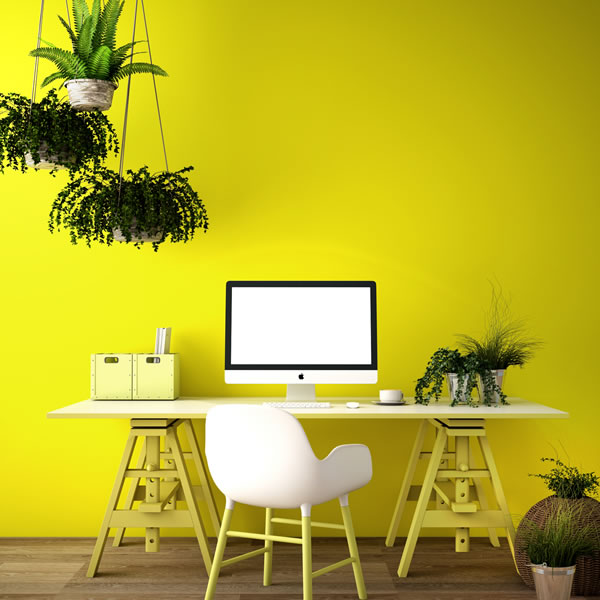
By Heather Prince
Pablo Picasso famously stated,
“Colours, like features, follow the changes of the emotions,”
and it’s difficult to argue this point when you consider how rapidly your mental state can change upon walking into a room awash in calm oceanic blues in comparison with bold and aggressive reds. Something powerful happens, whether we know how to articulate it or not.
But how exactly does colour psychology work, and why is it relevant to us, as writers, whose medium is nothing but our minds and a laptop screen?
Colour has been shown to play a not-insignificant role in altering our mood, behaviour, and even physiological reactions.
Writers often take pride in the fact that they can do their work pretty much anywhere. Having a place where you can go daily that feels comfortable, inviting, and inspiring, can help you get a lot more done.
Several studies have found that a comfortable work atmosphere can have a big impact on productivity. In 2002, for example, researchers found that better temperature control, lighting conditions, and even reduced contaminants in the air increased productivity by nearly ten per cent.
In 2009, researchers discovered that colour can make a big difference, too. Participants worked on screens that were red, blue, or white. The colour that most enhanced creative activity? Blue. It prompted participants to produce twice as many creative outputs as when under the red colour condition.
Even high ceilings can help. Researchers found that when people were in a room with 10-foot ceilings, they tended to think more freely and abstractly.
The colour blue stimulates the mind, leading to more productivity. Blue enhances clarity. For many, it tends to be better for left-brain tasks, like editing. It can also feel expansive, though, and encourage contemplation.
Yellow lifts your spirits and makes you feel more optimistic. It also helps you stay more alert. For some, though, it may bring out too much liveliness, which can make it difficult to focus. However, it may be perfect for a brainstorming session. Consider splashes of yellow in pictures or furniture to balance it out.
Orange is an uplifting colour and may make you feel more confident.
Red stimulates you physically, so it’s not the best colour for sitting and writing. It can also make you irritable.
Pink has a calming effect and can even reduce appetite! If you frequently munch while working, some pink may help you cut calories.
Green is balancing, calming, and reassuring, as well as refreshing. One study found that it helped enhance creative performance. If you often face doubt on the page, green might be the shade for you.
Purple and indigo can help stimulate the imagination and intuition – perfect for first drafts.
White brings a feeling of openness and freedom. Too much can feel cold, clinical, and isolating, though, so if you want to use white, consider using it with another colour.
Heather Prince
Co-Author of VIBE. For more information, visit www.vibe-book.com

